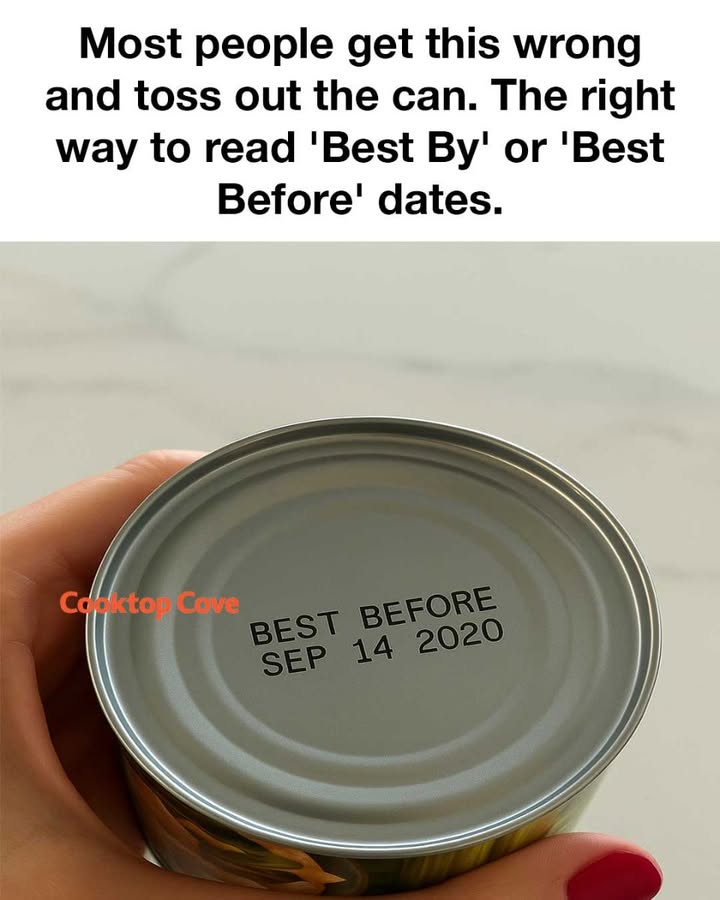
If you’ve ever cleaned out your pantry and automatically thrown away a can just because it was “past the date” printed on the lid, you’re not alone. Most people misunderstand what “Best By” or “Best Before” dates really mean—and as a result, perfectly good food gets wasted.
Let’s clear up the confusion once and for all. This article dives into what that stamped date really tells you, and why you probably don’t need to toss that can just yet.
What ‘Best Before’ Actually Means
Contrary to popular belief, a “Best Before” date is not an expiration date. Instead, it’s a manufacturer’s guideline for when the product is expected to be at its best quality—in terms of taste, texture, and nutritional value.
This means that a can marked “Best Before SEP 14 2020” isn’t necessarily bad on September 15th, 2020. In fact, if the can is undamaged and stored properly, the contents may still be perfectly safe and enjoyable months or even years after that date.
Safety First: Signs a Canned Item Should Be Tossed
Instead of relying solely on the date, here are the real indicators that a canned good has gone bad:
Bulging or dented can (especially around the seams)
Rust or corrosion
Leaking or broken seal
Off smell or discoloration when opened
If your can is in good condition and stored in a cool, dry place, chances are it’s still safe to eat—even past the best before date.
Why Do Manufacturers Use ‘Best By’ Dates?
Safety First: Signs a Canned Item Should Be Tossed
Instead of relying solely on the date, here are the real indicators that a canned good has gone bad:
Bulging or dented can (especially around the seams)
Rust or corrosion
Leaking or broken seal
Off smell or discoloration when opened
If your can is in good condition and stored in a cool, dry place, chances are it’s still safe to eat—even past the best before date.
Why Do Manufacturers Use ‘Best By’ Dates?
These dates help rotate stock and provide quality assurance. It’s a way for brands to guarantee a certain level of product performance. However, canned goods are specifically designed for long shelf life. That’s their main purpose! So unless there’s a safety issue, the contents are likely still just fine.
The Real Cost of Misunderstanding These Dates
According to food waste studies, Americans throw away billions of pounds of food every year—much of it due to confusion over date labels. That’s not just wasteful; it’s also costly for your wallet.
Learning the difference between a quality-based “best by” date and a hard expiration date can reduce waste and help you save money.
How to Store Cans for Maximum Shelf Life
To extend the life of your canned goods:
Keep them in a cool, dark pantry
Avoid places that get hot, like garages or near stoves
Use the FIFO method (First In, First Out) to rotate older cans to the front
Don’t stack too heavily to prevent dents
Bottom Line
The next time you see a “Best Before” date on the top of a can, don’t panic or rush to throw it out. Take a moment to inspect the can, check for damage, and if all looks good, it’s likely still safe and perfectly edible.
Understanding what these dates mean helps you become a smarter consumer and reduce unnecessary food waste in your kitchen. So before you toss that can, give it another look—it might still have plenty of life (and flavor) left in it